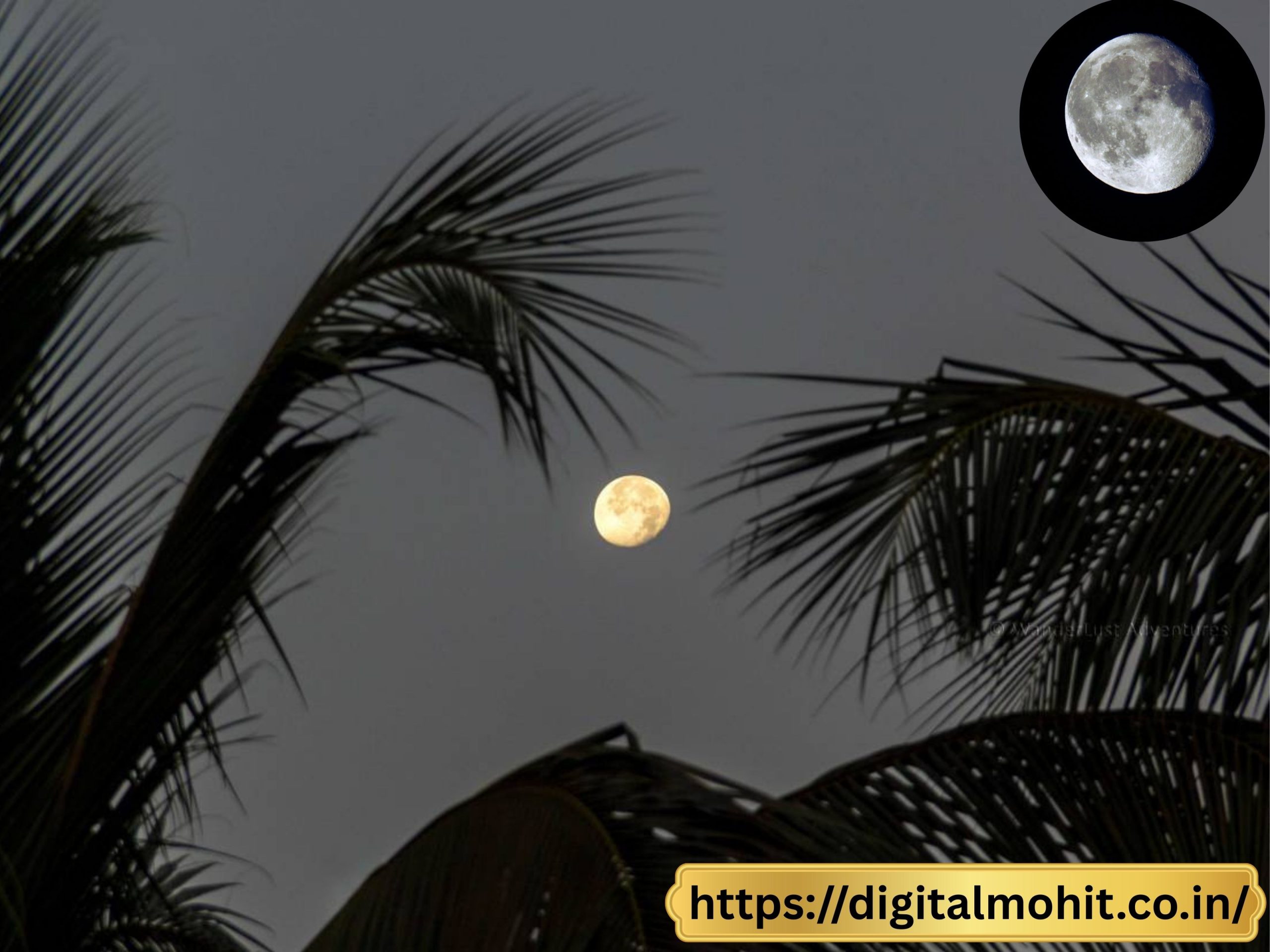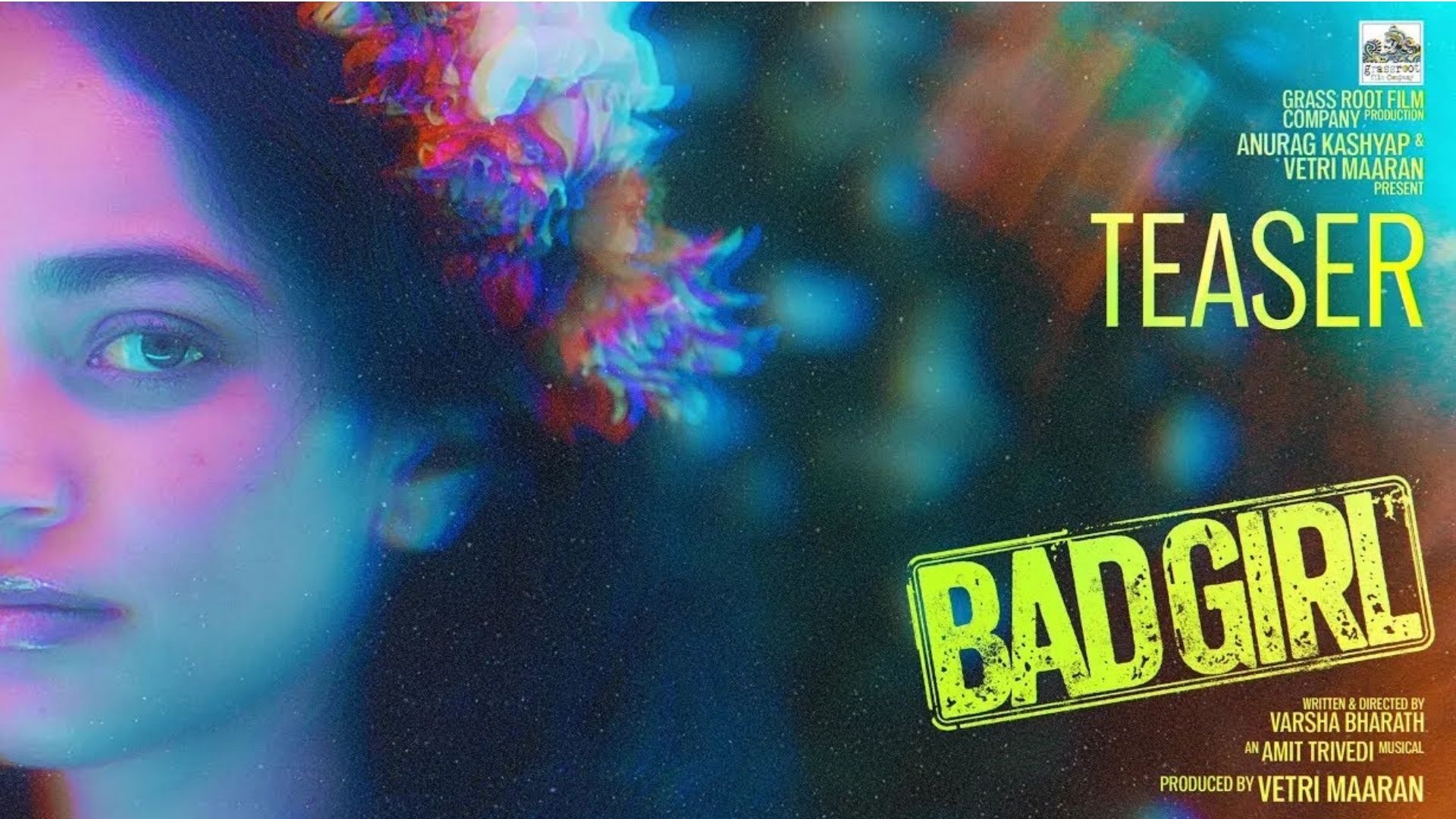The sky above Dādri was neither black nor blue that evening—it was a velvet blend of both, stitched with the shimmer of scattered stars. The air was cool, and the restless hum of the town had begun to fade into the softer sounds of night. As streetlights blinked to life and the day reluctantly folded into memory, there it was—the waning gibbous moon, climbing the eastern edge of the sky like a patient, watchful sentinel.
Its light wasn’t the sharp, golden glare of the full moon that so often steals the spotlight. No, this was a gentler silver, slightly dimmed, as if the moon was in a contemplative mood—still powerful, but aware that its time to shine was slowly slipping toward darkness.
READ MORE : https://digitalmohit.co.in/
A Moon with a Story
The waning gibbous is an overlooked phase for most casual sky-watchers. People wait for the drama of the full moon or the mystery of the crescent, but the gibbous has its own narrative. It’s the storyteller’s moon—the one that has already seen the peak of the night’s grandeur and is now reflecting on it.
Over Dādri, this moon seemed almost personal. Its surface, riddled with ancient scars and craters, caught the eye like a map of a life lived fully. It was as if it had whispered to the stars, “I have been bright, I have been whole, and now I rest… but my light still matters.”
READ MORE : https://digitalmohit.co.in/category/news/
The Town Under Silver Light
From the quiet rooftop terraces of old houses to the glassy windows of new apartments, the moon’s glow dusted everything with a pale radiance. In the narrow lanes, shopkeepers closed shutters while children darted through the dim light, their laughter fading into the distance.
Somewhere, a chaiwala poured steaming tea into glasses, the rising vapors curling like smoke offerings to the moon above. The far-off whistle of a train passing through Dādri Junction added to the night’s soundtrack—a reminder that while the moon’s cycles are eternal, human life keeps moving forward.
The Science and the Sentiment
Astronomically, the waning gibbous occurs just after the full moon, as it begins its slow retreat toward the last quarter. It rises later in the evening, staying visible well into the early hours of the morning.
But science doesn’t capture the way it feels. Standing under that pale gaze, you can’t help but sense the moon’s quiet encouragement. It seems to say that even when you are past your brightest moment, there is still light to share—still a role to play in the night’s story.
Why This Night Felt Different
Maybe it was the timing. Maybe it was the stillness in the air. But watching the moon over Dādri felt less like observing a celestial object and more like meeting an old friend. A friend who doesn’t demand words, who simply sits beside you in the silence, reminding you that not every moment needs to be loud to be meaningful.
Closing Thoughts
The waning gibbous moon may not trend on Instagram feeds the way a full moon does. But in its modest brilliance, it holds a wisdom that’s easy to miss.
On nights like this, Dādri isn’t just a town. It becomes part of a cosmic stage, where the nightlit sentinel rises, casts its soft silver blessing, and then slowly, gracefully, slips away toward dawn.
So the next time the moon is in this quiet phase, step outside. Look up. You might just feel it too—that soft nudge reminding you that even in your quieter seasons, you are still a light to someone, somewhere.
















Leave a Reply